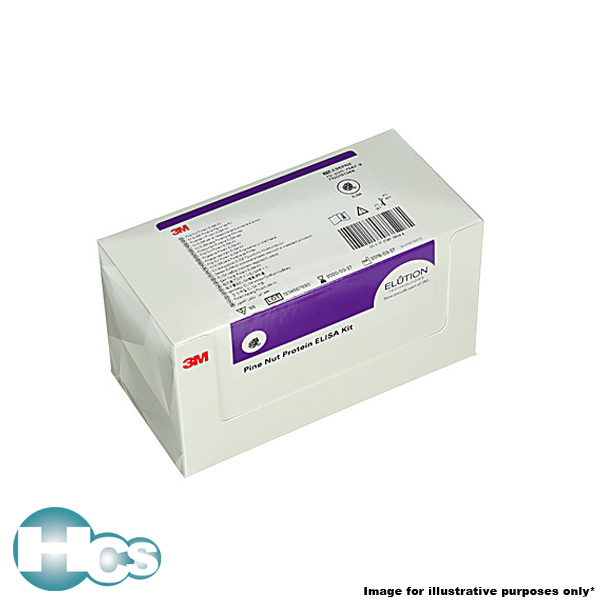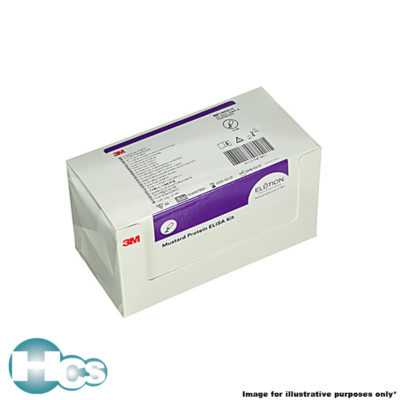- 3M Workshop Event
- 3M™ Petrifilm™ Sustainability Calculator
- 4th Singapore Inorganic Chemistry Symposium (SICS-2018)
- About Us
- Ahlstrom-Munksjö
- Ahlstrom-Munksjö
- Applications
- Basic Laboratory
- Being Instrument
- Being Series
- Career Opportunities
- Cart
- Checkout
- Chemical Blending
- Chemical Distribution & Blending
- Chemicals & Reagents
- Chromatography
- Client Portal
- Client Portal
- Client Portal
- Coming Soon – Reactivo
- Comparing different analytical methods for allergen testing and verification
- Contact Us
- Contact us today with you inquiry!
- DLAB – The basic equipment you require
- DLAB COVID-19 Detection Total Solution
- Downloads
- Efficiency is the key to your lab
- EN 14470 – The New European Standard
- Enquiry Summary
- Equipment & Apparatus
- Event timeline
- Filtration Equipment and Filter Consumables
- FLUKO Mixing Solutions
- Fluko Stirring Agitator
- General Glasswares | Laboratory | Packaging | Chemistry
- GVS Filter Technology
- GVS Lifescience Application and Selection Guide
- HCS Magnetic Stirrer
- HCS Scientific Social Media Sites | Lab supplies | Lab Equipment | Lab Services
- HCS x NUMI Store downloads
- Home
- How clean is clean?
- How to use hcs-lab.com RFQ
- Industries
- Industries we serve
- Isolab Glassware
- Johnson Test Papers
- Join Us
- Laboratory Supplies
- Laboratory Water Purification System
- Let us know!
- Looped Logic
- Looped Logic
- Looped Logic
- Member Login
- Mixing and Stirring with Magnetic Stirrer, Overhead stirrer, High Shear Mixer
- More About pH
- My account
- Newsletter
- No Access
- Office Closure for renovation and good friday PH
- Porefil®
- Price Contract Submission
- Products
- Projects
- Promo-monthly
- Promotions
- Proper Pipette Practices
- Quality without compromise
- Quote Request
- REACTIVO® – Designed for Quality
- RephiLe Genie Series Water Purification System
- Request For Quote
- Reserve your sample kit
- RFQ End
- Safety & Protection
- Service & Maintenance
- Shop
- Sitemap
- Support
- Synthware – The Affordable Quality Laboratory Glassware
- Terms and Conditions
- Thank you for your request
- Turnkey Projects
- Unsubscribe to our e-mail newsletter
- Water System Site Evaluation
- Wishlist
3M™ Pine Nut Protein ELISA Kit, E96PNE
• Designed to detect both processed and unprocessed target allergen proteins.
• Test can accommodate environmental swab, CIP rinse water and food samples.
• A universal extraction protocol streamlines testing for multiple analytes, saving you reagents and valuable time.
Description
Specifications
| Brand | 3M |
| Cat. No | E96PNE |
|
Allergen Protein
|
Pine Nut
|
|
Assay Time
|
50 minutes
|
|
Limit of Detection (LOD)
|
1.3 ng/mL (ppb)
|
|
Limit of Quantification (LOQ)
|
0.5 ppm
|
|
Manufacturing Segment
|
Ready-to-eat
|
|
Product Type
|
Test
|
|
Quantity
|
96 wells/kit
|
|
Recommended Industry
|
Bakery, Beverage & Bottled Water, Confectionery, Dairy, Eggs, Food Services & Catering, Grain & Oilseed Milling Sector, Ingredients, Meat, Nutraceuticals, Nuts, Poultry, Reference Labs, Sauces & Spices, Seafood
|
|
Storage Temperature
|
36-46°F
|
|
Storage Temperature (Celsius)
|
2-8°C
|
|
Test Type
|
Environmental, Food & Beverage
|
Details
- Designed to detect both processed and unprocessed target allergen proteins.
- Test can accommodate environmental swab, CIP rinse water and food samples.
- A universal extraction protocol streamlines testing for multiple analytes, saving you reagents and valuable time.
The 3M™ Pine Nut Protein ELISA Kit is intended for the detection of pine nut proteins in clean-in-place water (CIP) final rinse water, environmental swab samples, food ingredients and processed food products.
The 3M™ Pine Nut Protein ELISA Kit utilizes a sandwich ELISA. The pine nut proteins present in the sample react with the anti-pine nut antibody, which have been adsorbed to the surface of polystyrene microtiter wells. After the removal of unbound proteins by washing, anti-pine nut antibodies conjugated with horseradish peroxidase (HRP) are added. These enzyme-labeled antibodies form complexes with the previously bound pine nut protein. Following a second washing step, the enzyme bound to the immunosorbent is detected by the addition of a chromogenic substrate, 3,3’,5,5’-tetramethylbenzidine (TMB). The color development from this enzymatic reaction varies directly with the concentration of pine nut protein in the sample tested; thus, the absorbance, at 450 nm, is a measure of the concentration of pine nut protein in the test sample. The quantity of pine nut protein in the test sample can be extrapolated from the standard curve, constructed from standards of known concentration, and adjusted to consider the sample dilution.





